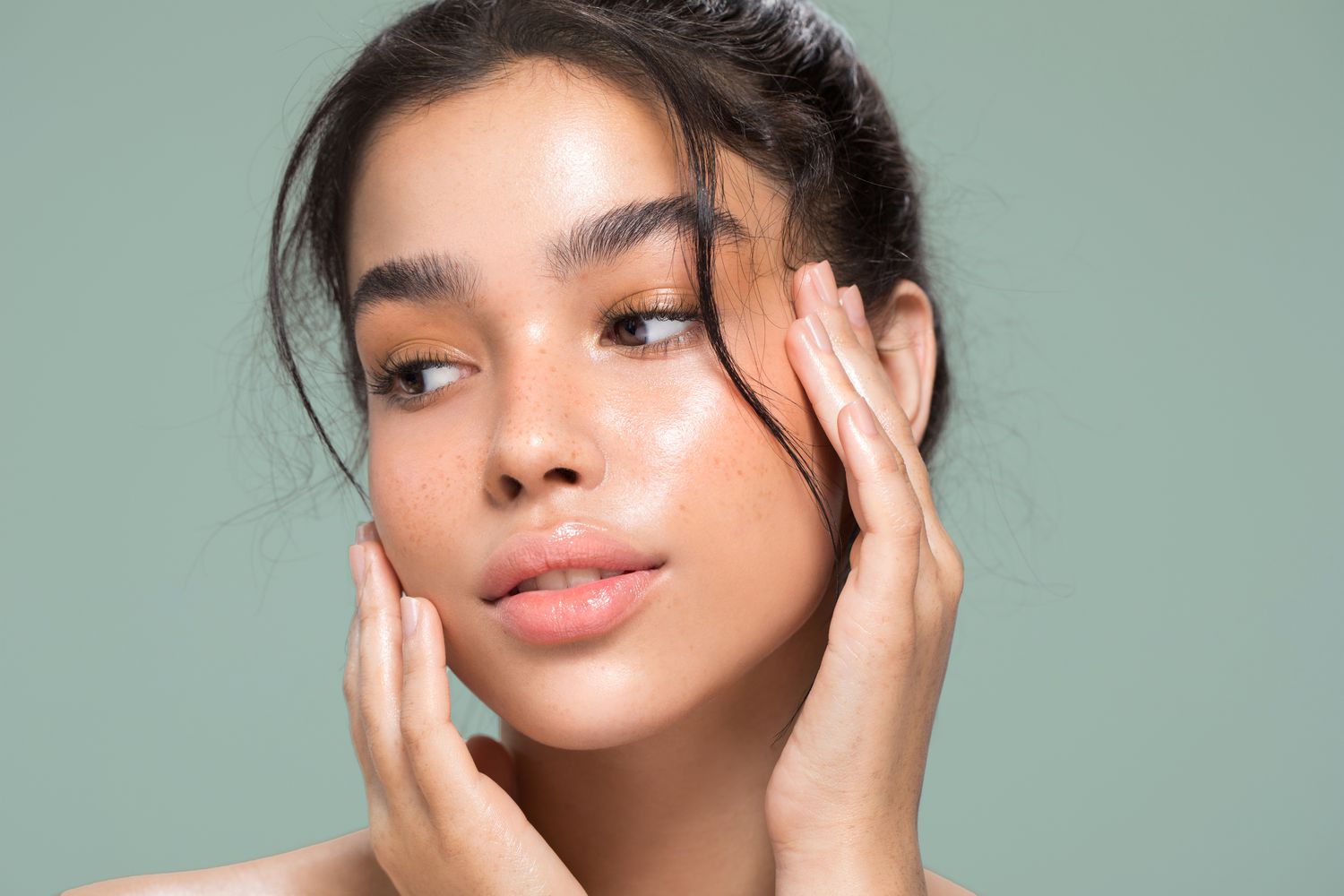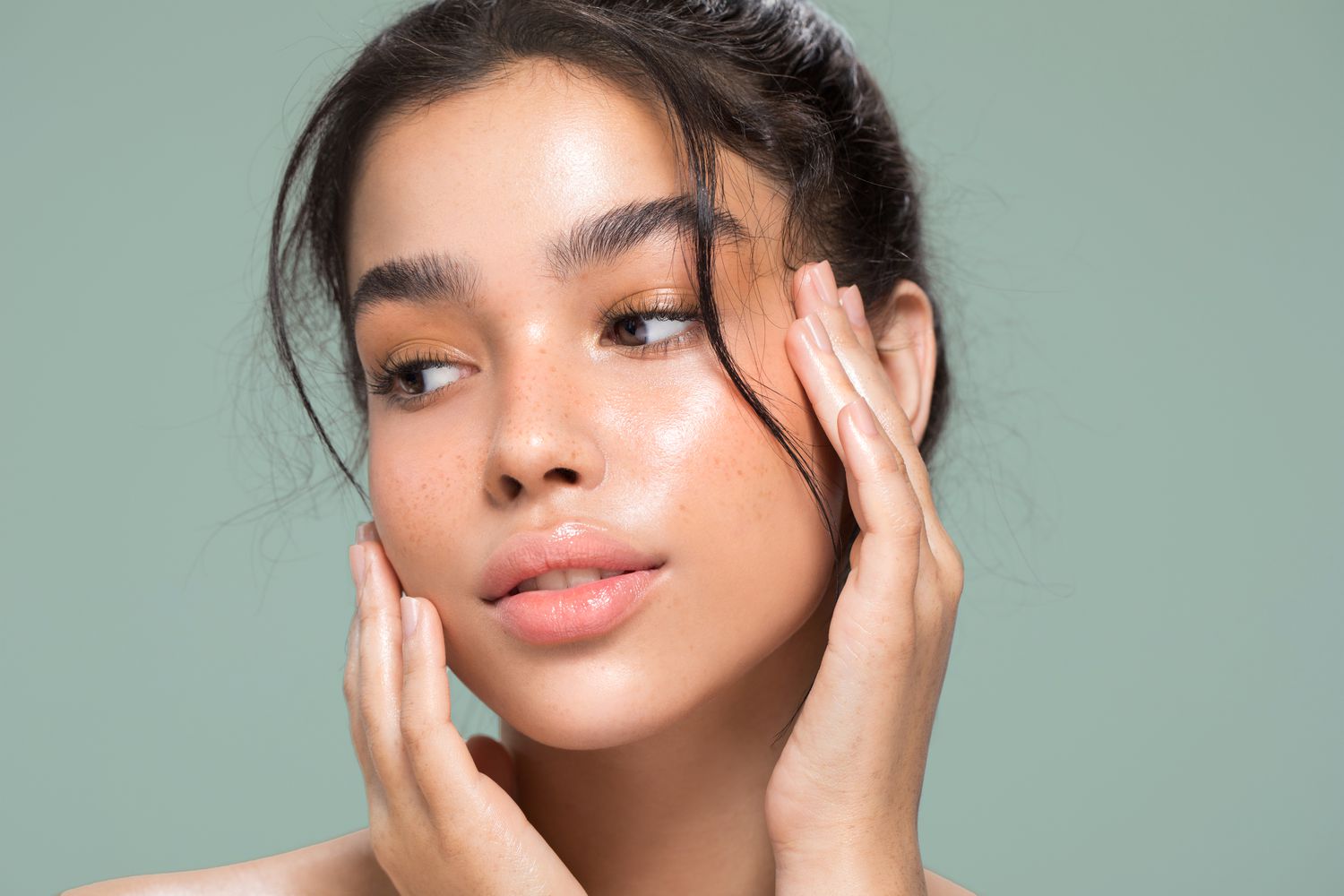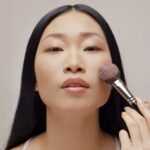Trending Videos Close this video player  Photo:
Photo:
Svetikd/Getty Images
It’s pretty amazing how much brow definition can change the look of your face. We’ve seen the microblading craze over the last few years, but have you heard of microshading? This technique is a relatively newbie brow tattoo service that creates a more natural-looking brow using small dots, rather than strokes.
Below, we asked two brow experts for their insight into everything microshading—from what, exactly, it is, how it’s different from microblading, what to expect at an appointment, how long the treatment lasts, and much more.
What is microshading?
Microshading is a semi-permanent makeup that creates fuller, darker, and more defined eyebrows. “This technique gives a client either a natural or more dramatic look, depending on their request,” says Nadia Afanaseva, founder of Eye Design New York.
People sometimes call microshading “powder brows” or “ombre brows.” A permanent makeup artist will tattoo small dots that, depending on how close together and concentrated the dots are, influence the depth of color that’s perceived on the brows. “I think the idea is for it to look more like powder, and it doesn’t look as placed because you’re not seeing the lines [you’d typically see from microblading],” explains brow expert Joey Healy.
Microblading vs microshading
According to Afanaseva, microblading and microshading are different procedures. “If we are talking about microblading, or NANOblading, it is a more realistic technique when applying a natural hair pattern that gives you a fuller natural eyebrow look,” she explains. “When comparing it to microshading, the shading looks more like makeup on your eyebrows.”
If you prefer a more expressive look, Afanaseva would recommend you get microshading done. With a microblading hair strokes technique, the results look super natural—it might even look too natural for some people that prefer a more “makeup-heavy” eyebrow look.
The way that microblading and microshading are tattooed on the brows is different as well. “Microblading is more like making little paper cuts [with ink] on your brows, where microshading is kind of making a series of little dots,” explains Healy.
Benefits of microshading
Again, the treatment you choose will really depend on which brow look you are going for. If you want a more natural-looking brow, opt for the microblading treatment. If you prefer a brow that looks like you applied powder to it, you might want to consider microshading.
“People do want a quick solution to wake up and not fill in their brows, or maybe just practical guidelines,” explains Healy. “Sometimes, people have lost their brows after chemotherapy or maybe overworking them through the years, so they want a baseline for them to fill in on top of, and this is where I think [microblading and microshading] succeeds the best on its own.”
What can you expect from a microshading appointment?
The first part of the appointment is always a consultation. The technician will answer the client's questions, and discuss the eyebrow shape, color, and technique. “The second part is a drawing process, it is also a very important step,” explains Afanaseva. “I never draw shapes with rulers or stencils—I prefer a realistic look, and for my clients, I use rulers and other measurement tools only to check symmetry.” The eyebrow technician is supposed to have artistic skills to perform this type of work.
The third step is numbing the eyebrows area. Once your brows are numb, the procedure begins and you can expect it to take an hour to an hour and a half. The entire appointment, including the consultation, drawing, numbing, and procedure, typically takes about two to two and a half hours in total.
Prior to your microshading appointment, you’ll want to avoid sunburn and avoid getting injectables close to the date of your microblading appointment. “You want to avoid alcohol and anything that can thin the blood, like aspirin,” says Healy. “You should arrive at your appointment with a clean face, makeup-free and skin care-free, too.”
How long does microshading last?
Right after the treatment has been done, the eyebrows look darker and thicker than the final result would be. “Some clients may panic, but they need to trust the process,” warns Afanaseva. “The healing process will take up to two weeks, and after that, you can enjoy the final result that will last from one to three years, depending on your skin type, the pigment used during the procedure, and the aftercare.” For example, microblading and microshading results on dry skin last longer than on oily skin. Also, Afanaseva recommends using sunscreen daily, as it will provide a longer-lasting effect on your brows.
How much does microshading cost?
Depending on where you are located in the country, a microshading procedure price will vary. “At our Eye Design New York Studio, prices start from $500 to $800, which is usually an average price,” says Afanaseva. “Masters with a lot of experience can charge $1000—$2000.” Similar to how much a tattoo artist would charge for a tattoo on your body, permanent makeup costs quite a bit more than your average brow wax, thread, or tint appointment, since it requires a lot of technique, time, and tattooing skills.
Are there any side effects to microshading?
Healy is not a huge fan of microshading or microblading for a few reasons. First of all, it’s not ideal for your skin. “Some people get scar tissue, some people get infection, and sometimes [microblading and microshading] can be damaging to your existing brows,” he says.
He also notes that he thinks the permanent brow tattoo procedures are a trend that’s fading. “People are leaning more toward serums that are great for the brow, and are getting more on board with softer color cosmetics like powders and brow tinting,” he says.
Another thing to note is that as the color changes over time with microblading and microshading, it can get red or kind of blue, according to Healy. “So a lot of people are seeing that at every touch-up, the brows are getting more and more messy, and so they're opting to just let it fade away,” he explains. “It's important to know that microblading, microshading, and microfeathering are all tattoos in the brow—sometimes they say it's semi-permanent, but it can often have lasting effects.”
Afanaseva, on the other hand, says that you can only face side effects of microblading and microshading if you choose poor quality service. “If a technician uses low-quality products to apply on a client's skin, it can cause allergic reactions,” she says. “Sanitizing tools before every client and using disposable tools on them is a must to prevent infections.” If the place where the procedure is performed does not provide safe and clean service, it is always a risk.
How should you maintain microshading?
Microshading will require yearly touch ups to maintain the look on your brow. Additionally, Afanaseva recommends using sunscreen daily and avoiding the sun to protect your brows.


